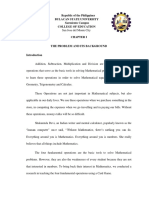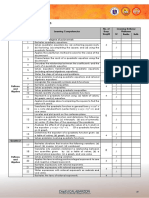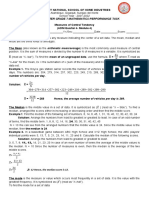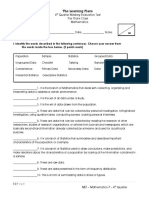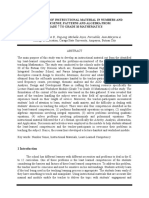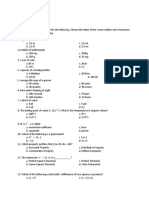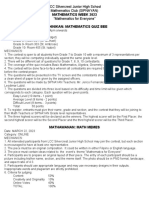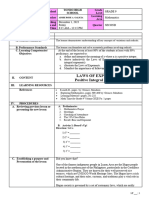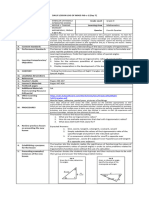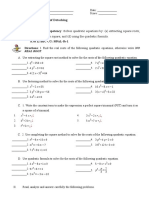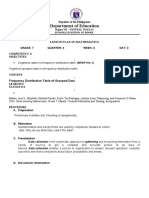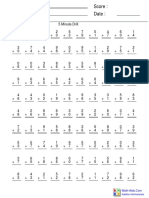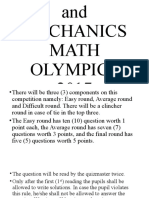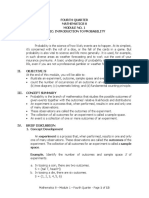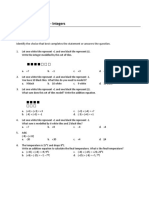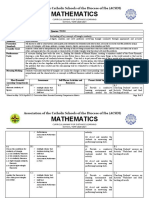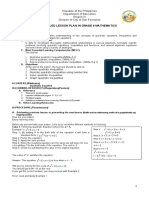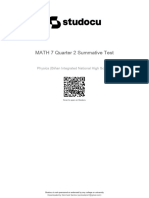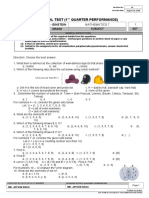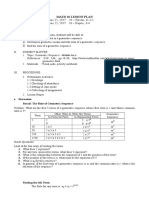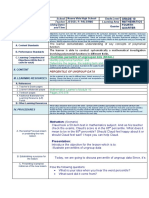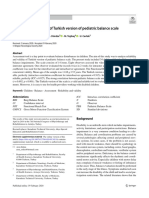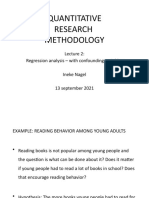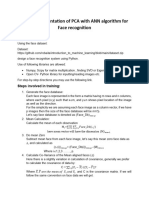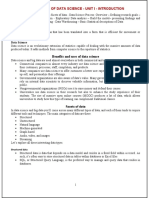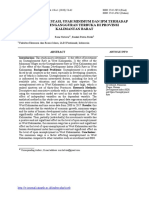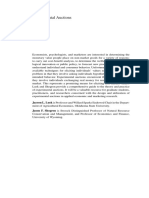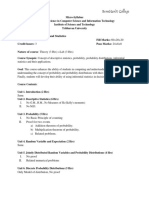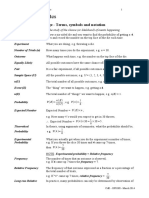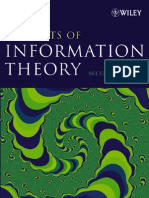0% found this document useful (0 votes)
145 views10 pagesResearch Proposal
This document presents a research proposal that aims to study the effectiveness of a numeracy program in improving the mathematical achievement of grade 11 students at Quinaoayanan National High School. It will use an experimental research design to compare the test scores of a treatment group that receives numeracy intervention to a control group. The study seeks to determine students' current achievement levels, identify elements of an effective numeracy program, and measure the program's impact on improving scores. It will administer pre- and post-tests and analyze the results to evaluate the consequences of the numeracy intervention. The findings could help students, teachers, administrators, parents, and the community.
Uploaded by
IVY GRACE OPOLENCIACopyright
© © All Rights Reserved
We take content rights seriously. If you suspect this is your content, claim it here.
Available Formats
Download as DOCX, PDF, TXT or read online on Scribd
0% found this document useful (0 votes)
145 views10 pagesResearch Proposal
This document presents a research proposal that aims to study the effectiveness of a numeracy program in improving the mathematical achievement of grade 11 students at Quinaoayanan National High School. It will use an experimental research design to compare the test scores of a treatment group that receives numeracy intervention to a control group. The study seeks to determine students' current achievement levels, identify elements of an effective numeracy program, and measure the program's impact on improving scores. It will administer pre- and post-tests and analyze the results to evaluate the consequences of the numeracy intervention. The findings could help students, teachers, administrators, parents, and the community.
Uploaded by
IVY GRACE OPOLENCIACopyright
© © All Rights Reserved
We take content rights seriously. If you suspect this is your content, claim it here.
Available Formats
Download as DOCX, PDF, TXT or read online on Scribd
/ 10
